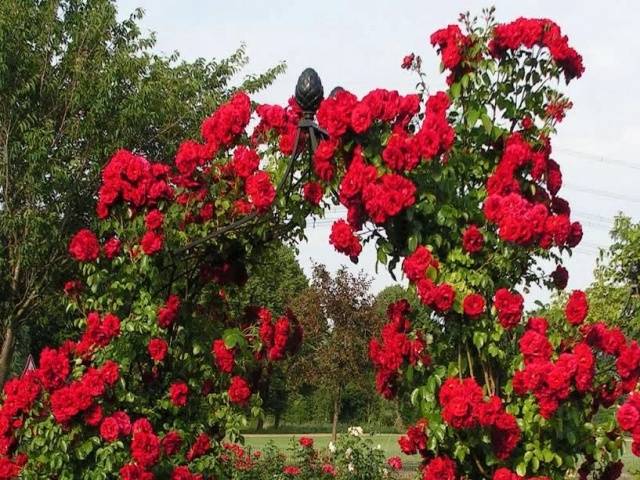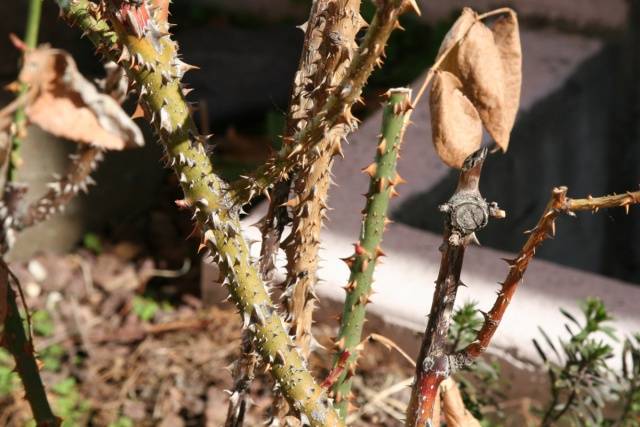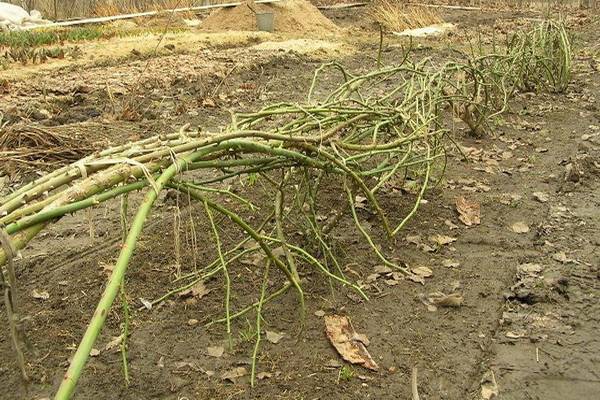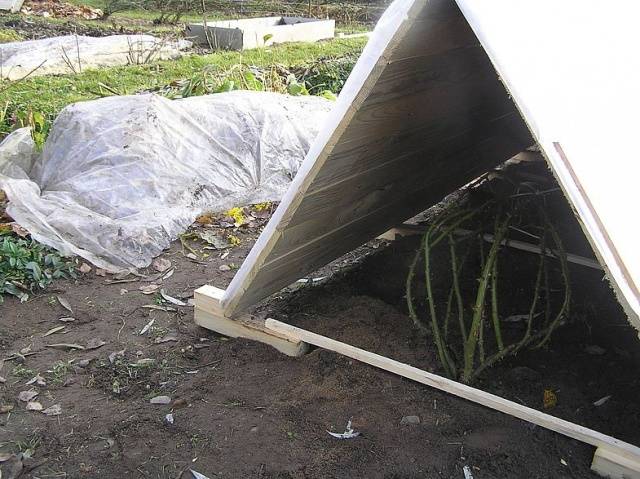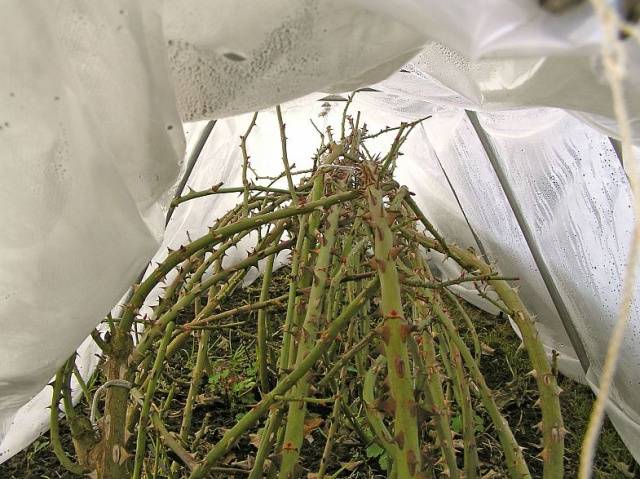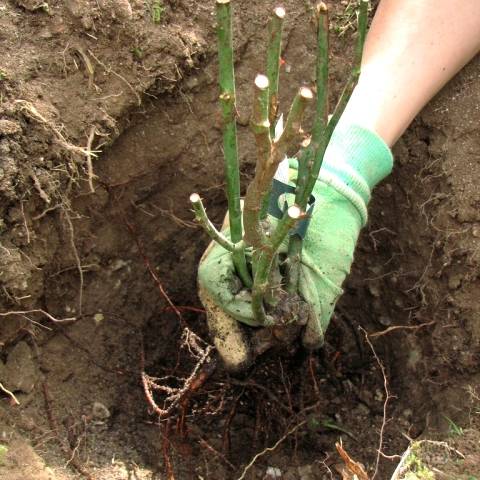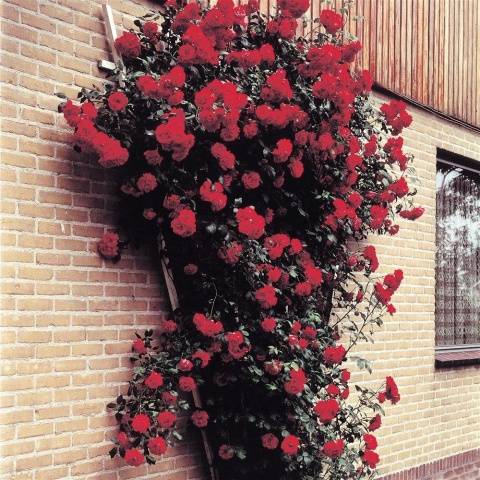Climbing roses are a type of roses that have long stems. The stems can be up to several meters long. They need support without fail. The flowers are large, of various colors and appearance.
Climbing roses in landscape design are used for vertical gardening of small architectural forms: arches, pergolas, gazebos, rotundas and so on, decorate the walls of buildings and structures, performing the function of dividing into zones or hiding household buildings.
Climbing roses may differ in appearance, they are conventionally divided into 3 groups:
- Climbing - the length of the stems reaches 3 m. Formed from the crossing of rambler roses and hybrid tea roses, as well as floribunda roses and remontant varieties. They got the name climbing or climbers. Climbing roses bloom twice a season in large flowers, similar to tea roses. Winter is tolerated in the presence of shelter;
- Semi-plaited - climings, stem height from 1.5 to 3 m, formed as a result of mutations of floribunda, grandiflora, tea-hybrid roses. They differ from their ancestors in high growth, larger flowers. They are grown mainly in the southern regions;
Curly or rambler roses - the length of bright green stems can be up to 15 m, the leaves are leathery, small. Flowers with a subtle aroma, simple or double or semi-double, are located along the entire length of the climbing stem. The plant blooms profusely in the second half of summer for a month, it is frost-resistant and needs only light shelter.
Climbing roses have a constant growth of shoots, therefore, buds are formed during the entire vegetative season. Flowering lasts until frost. This is one of the specific features of climbing roses.
Climbing rose care in autumn
To climbing rose smoothly completed the growing season, preparing for winter should start from the end of August. They stop watering the plant and loosen the soil under it. Of top dressing exclude nitrogen, as it promotes the growth of leaves and shoots. In top dressing, they rely on potassium and phosphorus. They strengthen the lignified part of the trunk and the root system. Autumn care aims to prepare the climbing rose for winter.
In a climbing rose, the unripe part of the shoots, most of the leaves and all the buds are cut out. They carry out a sanitary examination and remove damaged shoots: broken, and infected with diseases. Caring for a climbing rose in the fall comes down to pruning bush and sheltering it for the winter.
Special attention should be paid to pruning a rose bush, since the bush will bloom profusely in the next season and its decorative properties depend on the correct pruning.
Climbing roses form buds on last year's shoots and bloom once a season. Therefore, the shoots on which there were flowers should be removed completely, at the root. The most suitable time for removal is autumn. During the growing season, about 10 replacement shoots grow, on which flowers will form in the next season.
Another group of climbing roses blooms twice a season on shoots of different ages. With age, the shoots weaken, and fewer flowers are formed on them. Shoots at the age of 4 years or more should be cut completely, to the base. The flower has about 3 recovery shoots at the age of 1-3 years, and 4-6 main shoots.
Climbing roses that bloom twice a season have only a sanitary pruningremoving damaged shoots. In the spring, depending on how the plant overwintered, age shoots and those that did not survive the winter are cut out. And also shorten the tops of the shoots.
Further, they are removed from the support, bent to the ground, tying the climbing shoots together. If the bush is growing separately, then it is fixed with staples.If several climbing roses grow in a row, then the bent plants are fixed for each other. A layer of dry foliage or spruce branches should lie on the soil.
This must be done at a positive temperature, when a minus occurs, the shoots become fragile, easily damaged.
In a bent position, without shelter, climbing roses can be up to 2 weeks. Only with the onset of a temperature of -5-7 ° C can one begin to shelter the plants. From above, the bushes are covered with spruce branches, and then with lutrasil or spunbond.
Another way to prepare for winter is to set arcs along the entire length, and pull the covering material from above, securely fixing it from the edges. If you use agrofibre, then they should be covered tightly, without leaving holes, the material itself is air permeable. In the case of using plastic wrap, vents should be left to prevent the plants from breathing out.
A reliable way to protect a climbing rose from the winter cold is to build a hut from wooden or plywood boards, which are covered with roofing material or agrofibre on top. In such structures, there must be enough space for a layer of air. The height from the cone to the lying bushes is not less than 20 cm. The huts are erected at above-zero temperatures, until the temperature reaches -7 ° C, the ends of the shelter are not closed.
At above-zero temperatures, the soil around the trunk circle and the plant itself are sprayed with a solution of Bordeaux liquid or copper sulfate as a prophylaxis for fungal diseases.
IN shelter of a climbing rose for the winter be sure to lay out the rat and mouse repellents. The temperature in a good shelter does not drop below -10 ° C; rodents are attracted by this climate. They dig tunnels, damaging the roots.
The base of the stem is covered with compost, sand, peat or soil. The height of the mulch layer depends on the expected winter temperatures. The colder the winter, the higher the mulch layer, it can be from 30-50 cm.
In winter, during thaws, you can slightly raise the covering material for fresh air. There will be no harm, the roses are securely covered with spruce branches. The benefits are obvious. Oxygenated, winter air will improve the indoor environment.
With the first signs of spring heat, the shelter is removed from the plants, but spruce branches or foliage are left.
Watch a video about preparing for winter:
Planting climbing roses in autumn
How plants will survive the winter depends largely on their growing conditions. Flowers require a lot of light, but direct sunlight at midday can cause burns. The area of the garden where there are drafts or northern air currents is also not suitable for planting.
The climbing rose feels good under the protection of the southern part of the walls of buildings and structures, provided that at least half a meter of free space remains before them. Soils are chosen for planting well-drained, if there is stagnation of water, then for climbing roses it will be necessary to create a flower bed on an elevation or slope. It is also necessary to consider how the groundwater flows. The roots of the plant go 1.5-2 m deep.
Loamy soils are best suited for climbing roses. If the soils are sandy, then clay is added to them when planting, and if heavy clay, then they should be lightened by adding sand. Humus, compost, bone meal are added to the planting pit. The mineral dressing will nourish the plant for the next 2-3 years.
For climbing roses, the end of September-beginning of October is most suitable for planting. Planting and care features depend on which seedling is purchased. There are own-rooted seedlings, which are grown from cuttings of roses or propagated through cuttings.
And there are seedlings that are obtained by grafting on the roots of rose hips. In the seedling, in fact, 2 plants, roots from a rosehip and a stem of a rose, have grown together. The peculiarity of planting such seedlings is that it is required to deepen the grafting site so that the stem of the rose can form roots on its own. Gradually, the roots of the rosehip will die off.
If the root system of the seedling is open, then it is soaked in water for a day, then the leaves are removed, damaged shoots, the existing healthy shoots are shortened to 30 cm, the buds that are located below the grafting site are removed so that rosehip shoots do not grow out of them.
For planting, a pit of 50x50 cm is prepared, filled with compost mixed with soil, watered well, the soil will settle, the next day they are planted. The roots of the seedling are shortened, straightened and placed in a planting hole on a mound of soil. Fall asleep with prepared soil, squeeze it well so that voids do not form. Can be watered with heteroauxin solution for better rooting.
After watering, the soil may settle, then you should add soil to the trunk circle. Further care for young roses in the fall is reduced to watering, only in case of dry autumn. Before the onset of frost, the plants are spud up to a height of no more than 20 cm. They are covered with dry foliage or covered with spruce branches. A frame is installed on top, on top of which the covering material is pulled.
At first, roses grafted on a rose hip need to remove the shoots. The roots of the stock will develop and shoot until the scion has an independent root system. So, it will last 1-2 years, after a while the rose stalk will begin to give its shoots.
When planting climbing roses, you should definitely take care of the future support for plants. The types of supports are varied and amazing. It can be a column, an arch, a dry tree trunk.
Climbing roses are especially good for decorating gazebos, walls of houses. The rose is planted at a distance of 0.5-1 m from the wall of the house. A lattice or guides are attached to the wall, to which the flower will be attached. It is better to use plastic clamps for fastening. If you plan to use a free-standing support, then it is installed at a distance of up to half a meter from the bush.
Conclusion
Growing and caring for a climbing rose is very exciting. And the result is worth it. The most beautiful flowers will decorate any corner of the garden or recreation area. You just need to pay more attention to the climbing plant in preparation for winter.
